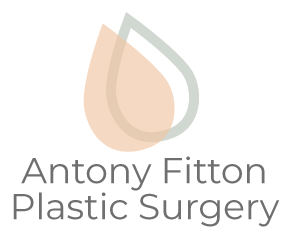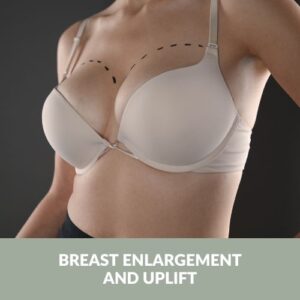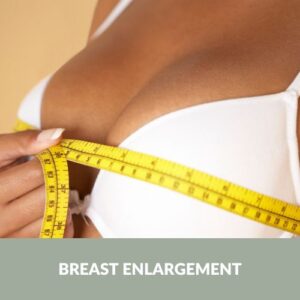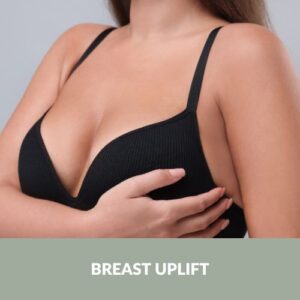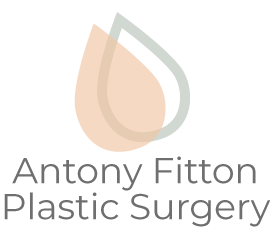
How to Choose the Right Size for My New Breast Implants
Deciding on the right size for your new breast implants can be both exciting and challenging.
It’s not just about enhancing your appearance but also about boosting your confidence and ensuring comfort. With a range of sizes available, choosing the best fit requires careful consideration.
Factors such as your body type, lifestyle, and personal goals all play a crucial role. This guide explores key elements to help you make an informed decision for your breast augmentation journey.
About Breast Implants
Choosing the right breast implant is a significant decision that involves understanding various aspects of the available options. Making an informed choice necessitates considering the type, size, and impact of the implants you select.
Types of Breast Implants
Breast implants generally come in two main types: saline and silicone gel. Each type has its own distinct characteristics, benefits, and considerations.
– Saline Implants: These are filled with sterile salt water. They are usually inserted empty and then filled once in place. Saline implants are known for requiring smaller incisions and offering a uniform shape and firmness. In the event of a rupture, the saline is safely absorbed by the body.
– Silicone Gel Implants: Silicone implants are pre-filled with a thick silicone gel that closely mimics the feel of natural breast tissue. They are renowned for offering a more natural look and feel, however, they require larger incisions during placement. In the event of a leak, the gel might stay within the implant shell or escape into the breast implant pocket.
Choosing between saline and silicone implants often depends on personal preferences, the feeling you desire, and recommendations from your cosmetic surgeon. It is crucial to explore all options before making a decision.
Common Implant Sizes
Breast implant sizes are measured in cubic centimetres (cc), and typically range from 120cc to 800cc. It is important to note that a larger implant doesn’t always equate to better results. An appropriate size should complement your body shape and size while enhancing your natural look.
It is advisable to consult your surgeon, who may use sample implants or ‘sizers’ during pre-surgery consultations to help you visualise different sizes. This process can highlight how varying volumes affect your silhouette, aiding you in selecting an optimal size.
Importance of Proportionality
A key element in choosing the right implant size is maintaining body proportionality. Your implants should harmonise with your physique, ensuring that your frame supports the additional volume without strain.
Proportionality involves considering factors such as your shoulder and hip width, chest dimensions, and overall body height. Implants that are too large can cause back or shoulder discomfort, as well as detract from a balanced appearance, whereas moderately sized implants can enhance your natural form elegantly.

Key Factors to Consider When Selecting the Perfect Breast Implants
When selecting the perfect breast implants, it’s essential to consider personal factors, desired outcomes, and how these changes fit into your current lifestyle.
Body Frame and Proportions
Understanding your body frame is vital in determining the most suitable implant size. Those with a petite frame might require smaller implants, while individuals with a broader frame could support a more substantial volume.
Discussing your natural body proportions with your surgeon can prevent the risk of implants appearing disproportionate. Establishing a balance ensures your enhancements appear natural and well-integrated with your physique.
Desired Aesthetic Outcome
Your aesthetic goals play a critical role in choosing the right implant size. Consider the look you want to achieve—whether it’s subtle enhancement for a natural silhouette or a more pronounced change.
Consider how your choice impacts the appearance of your overall figure. Larger implants may offer a fuller décolletage, but it’s crucial that they align with your long-term vision and lifestyle.
Lifestyle and Activity Level
Your lifestyle and daily activities should factor into your decision-making process. Active individuals might prefer implants that won’t disrupt strenuous physical activities like sports or intense workouts.
Moreover, larger implants may add weight, which could impact comfort and mobility. It is essential to balance aesthetic desires with practicalities of daily living to ensure full satisfaction with your choice.
By thoughtfully assessing these aspects, you can select breast implants that not only enhance your appearance but do so in a manner conducive to your lifestyle and personal well-being. The right size can significantly contribute to your self-confidence, while ensuring your comfort and health remain priorities.
Consultation with Mr Fitton
Making the decision to undergo breast augmentation is a significant and personal choice. One of the most crucial steps in this journey is having a thorough consultation with a qualified and experienced plastic surgeon. This step will ensure that you achieve the desired results while maintaining your health and safety.
Importance of Professional Guidance
Professional guidance is vital as it ensures that you make informed decisions about your breast implants, tailored to your individual body type and lifestyle needs. Surgeons bring a wealth of expertise and can advise you on the best size, shape, and type of implants to suit your anatomy. They assess factors such as your chest width, existing breast tissue, and skin elasticity to recommend options that will result in a natural, balanced appearance.
Furthermore, a skilled surgeon can discuss potential long-term implications, surgical risks, and the recovery process, providing a comprehensive understanding of what breast augmentation entails. Their guidance helps you set realistic expectations and choose an implant size that aligns with your personal goals, whether they’re modest or more generous.
What to Expect During a Consultation Session
During a consultation session, you can anticipate a detailed discussion where openness and clarity are encouraged. Here’s what generally takes place:
– Medical History Review: Your surgeon will review your medical history, including any previous surgeries, medical conditions, and medications.
– Physical Examination: This involves an examination of your breasts to assess factors that might influence the size and type of implant, such as breast size, skin quality, and symmetry.
– Discussion of Options: The surgeon will explain various implant types (saline vs. silicone), shapes (round vs. teardrop), and profiles (low, medium, high), providing recommendations based on your body’s unique characteristics.
– Q&A Session: It’s important to ask questions and voice any concerns. Addressing any uncertainties helps alleviate anxiety and ensures you’re making well-informed decisions.
– Visual Aids: Mr Fitton may utilise visual aids, including photos of past patients, to give you a clearer understanding of potential outcomes.
– Size Selection: You will discuss your desired end look, and Mr Fitton will assist you in choosing the right implant size.
Understanding each aspect of the consultation empowers you to proceed with confidence in your choice of breast size.
Popular Breast Implant Sizing Techniques
Choosing the right size for your breast implants can be challenging given the many options available. Fortunately, several sizing techniques can help guide this choice, ensuring you find the optimal size for your body and lifestyle.
Sizing Kits and Test Implants
Sizing kits and test implants are often used tools in the sizing process. These kits typically contain a variety of implant sizes that you can try on, often using a specialised bra. Here are some benefits of using sizing kits:
– Realistic Feel: Trying on test implants gives a more realistic feel of how the implants will affect your posture and movement.
– Visualisation: It provides a visual of how various sizes can change your silhouette and help you find what feels right.
– Instant Feedback: Allows you and your surgeon to discuss immediate impressions, aiding in a collaborative decision-making process.
Utilising these kits can significantly narrow down your options and help determine an implant size that best fulfills your aesthetic goals.
3D Imaging and Simulations
Technology plays an essential role in pre-surgical planning, especially with 3D imaging and simulations. These advanced techniques offer a precise and personalised preview of results.
– Detailed Analysis: 3D imaging captures high-resolution images of your body to provide an accurate representation of how different implant sizes will appear.
– Customisation: Simulations allow for customisation—adjusting variables like implant size, type, and placement to see different outcomes.
– Enhanced Visualisation: These tools aid greatly in visualising the postoperative look, ensuring the final results meet your expectations.
By benefiting from these advanced technologies, you take uncertainty out of the equation, helping you make a confident and informed decision about the size of your breast implants.
How can I visualise what different implant sizes will look like?
A good approach is to use sizers provided by your surgeon, which can be placed in a bra to simulate the effect of different implant sizes. Some clinics offer 3D imaging technology to give you a digital preview of how varying implants may appear on your body. Consulting with a surgeon who can show you photographic examples of similar patients can also provide valuable insight into potential outcomes.
Will my body frame and shape impact the implant size I should choose?
Yes, your body frame and shape play a crucial role in selecting the appropriate implant size. A smaller frame may require smaller implants to avoid looking disproportionate, while a larger frame might need bigger implants to achieve noticeable results. Discuss your body proportions with your surgeon to ensure the chosen size harmonises well with your natural body shape.
Can I change my implant size later?
While it is possible to change the size of your implants later, it's not advisable to do so casually, as this would require additional surgery. Undergoing another procedure comes with similar risks as the initial augmentation, including recovery time and costs. It's best to thoroughly consider your options and make a well-informed decision from the start, ensuring satisfaction with your chosen size.
Plastic surgery can be a life-changing decision, offering both cosmetic and functional benefits.
However, it is crucial to have accurate information and realistic expectations. Consulting with a certified and experienced plastic surgeon is the best course of action to ensure you receive personalised advice and clear answers to any queries.
– Educate Yourself: Research procedures thoroughly.
– Prepare for Recovery: Understand the time and effort needed for healing.
– Prioritise Your Safety: Choose reputable clinics and experienced professionals.
Ultimately, informed decision-making plays a vital role in achieving satisfactory results in any cosmetic procedure.
For a no-obligation quote
For a no-obligation quote, tailored specifically to you, please book in for your consultation with Mr Fitton. Your requirements will be discussed in full confidence in a friendly and relaxed atmosphere.
Following your consultation, the price you are quoted includes everything and there are no extra or hidden costs. Advice, treatment and aftercare are all part of our package to ensure your experience is positive from beginning to end.
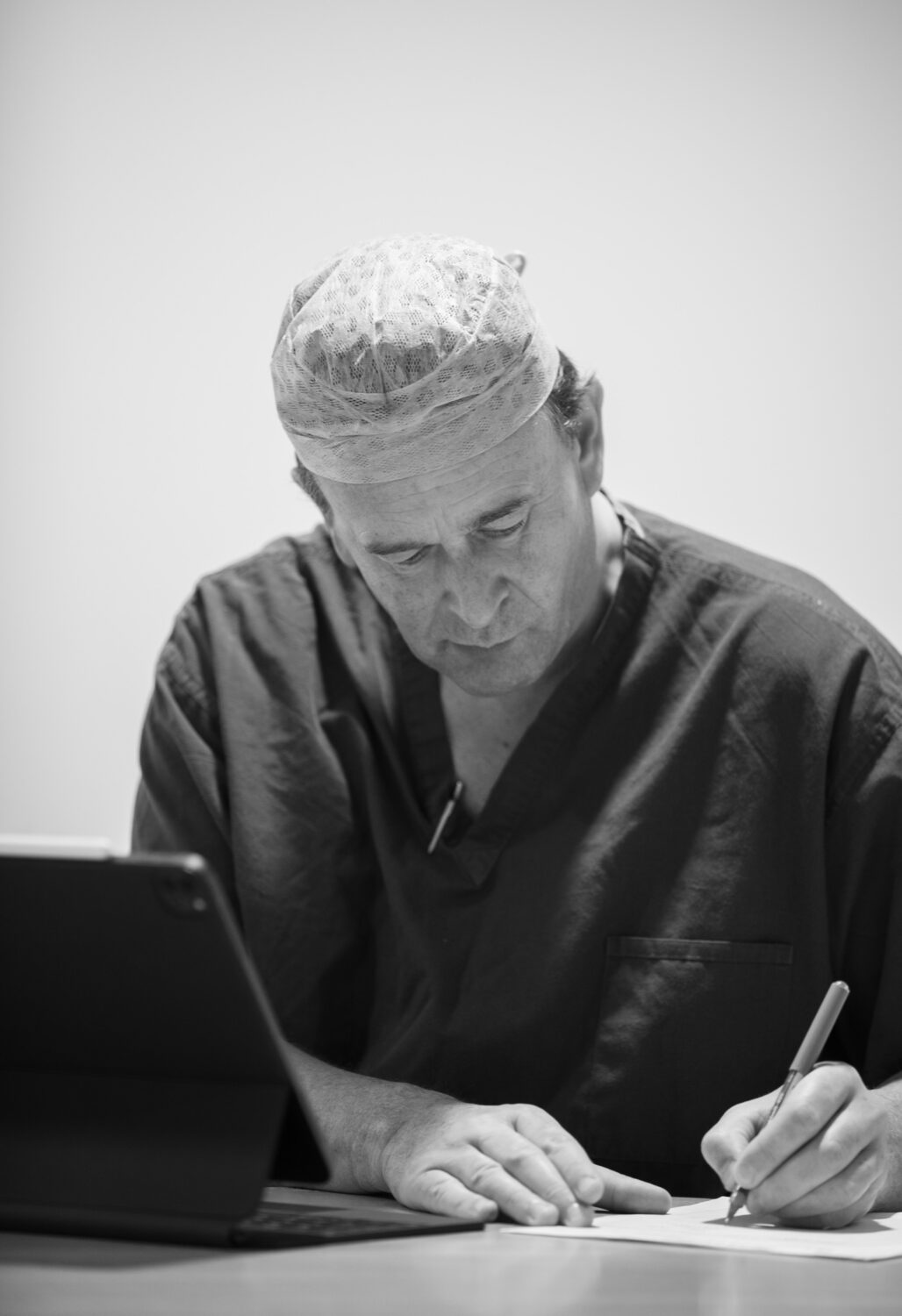
About your Plastic Surgeon: Mr Antony Fitton
MB, BS(hons)., MD., FRCS(eng)., FRCS(plast).
Mr Antony Fitton qualified at the Royal London Hospital in 1989 with distinction in Surgery. He holds an MB, BS(Hons)., MD., FRCS(eng). and FRCS(plast). (Fellowship at the Royal College of Surgeons).
He is a member of BAPRAS (British Association for Plastic, Reconstructive and Aesthetic Surgeons), BAAPS (British Association for Aesthetic Plastic Surgeons), and BSSH (British Society for Surgery of the Hand).
Mr Fitton has received the Paton & Masser Award and the CM Matthews Award from the Royal College of Surgeons of England for his research in nerve injury.
Mr Fitton is licensed as a Plastic and Reconstructive Surgeon by the GMC.

- 0% Finance Available
- Consultations and treatments are available at either the Nuffield Health Hospital, Plymouth or the Duchy Hospital, Truro
- Care Quality Commission Regulated
- GMC Specialist Registered Surgeon
- BAPRAS, BAAPS and BSSH member
- Registered MD
Life-changing result
"I just wanted to thank you (and your team) for the life-changing result of my top surgery. This will provide me with the freedom that I’m excited to enjoy, including being able to go swimming and actually staying cool in summer! All jokes aside, you have helped to mark a new chapter in my life, for which I am incredibly grateful… ALL the best."
Our appearance has an impact on how others perceive us. We are experts in creating an improved version of you. You can click on the procedure below for more information.
Body surgery (or contouring) can involve all or one of the following, with a prime focus on areas such as the buttocks, tummy, thighs, arms, and breasts. Click on the links below for more information.
There are several different types of hand surgery but all aim to restore functionality while making the hand look as normal as possible. Click on the links below for more information.

Should I Lose Weight Before a Tummy Tuck?
Discover if you should I lose weight before a tummy tuck and if it can enhance your surgery results

How Long Should I Leave Between Plastic Surgery Procedures?
Discover how long you should leave between plastic surgery procedures for optimal recovery and effec

Is Male Chest Reduction Right for Me? Key Questions Answered
Is Male Chest Reduction Right for You? This blog answers crucial questions on gynecomastia surgery s



